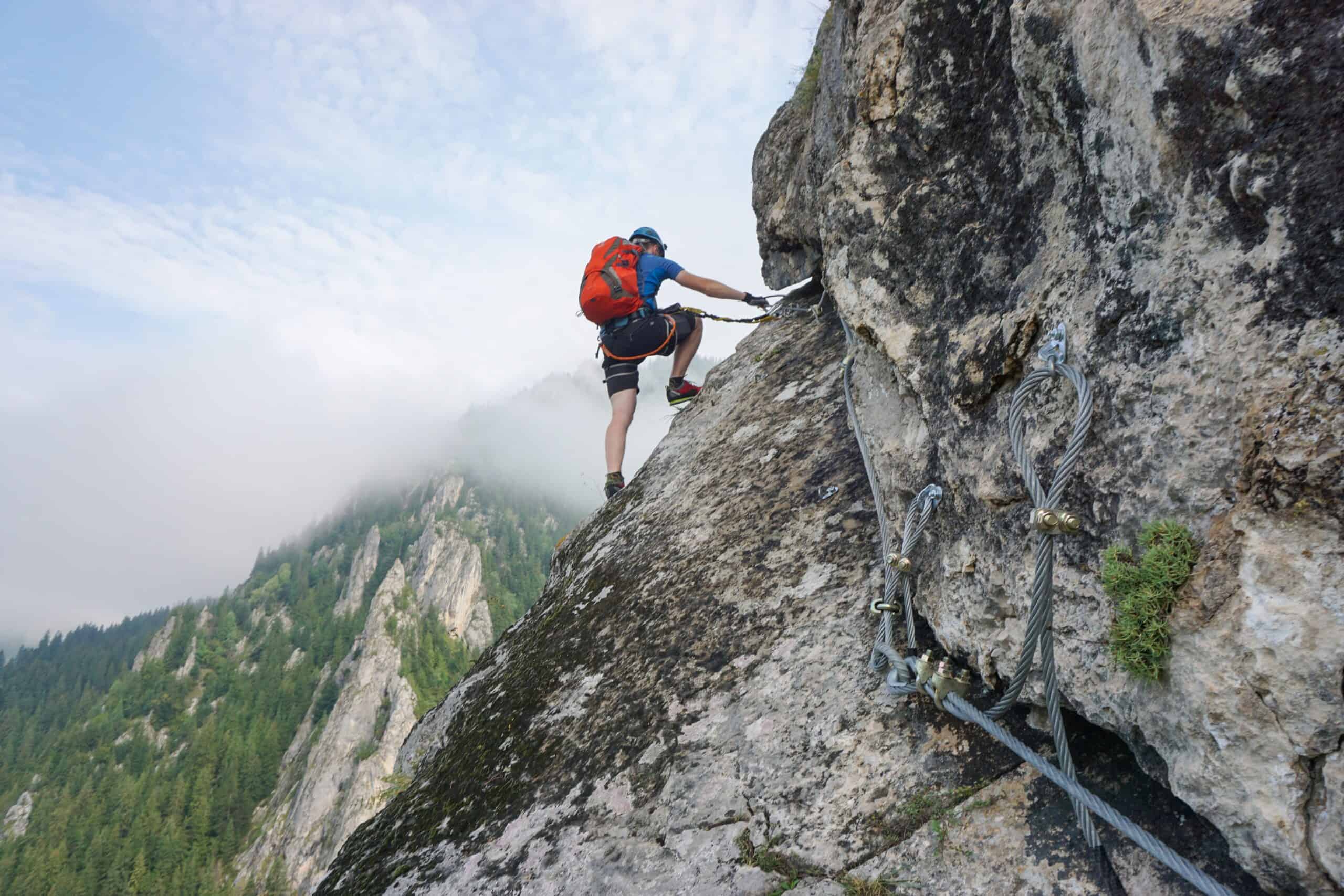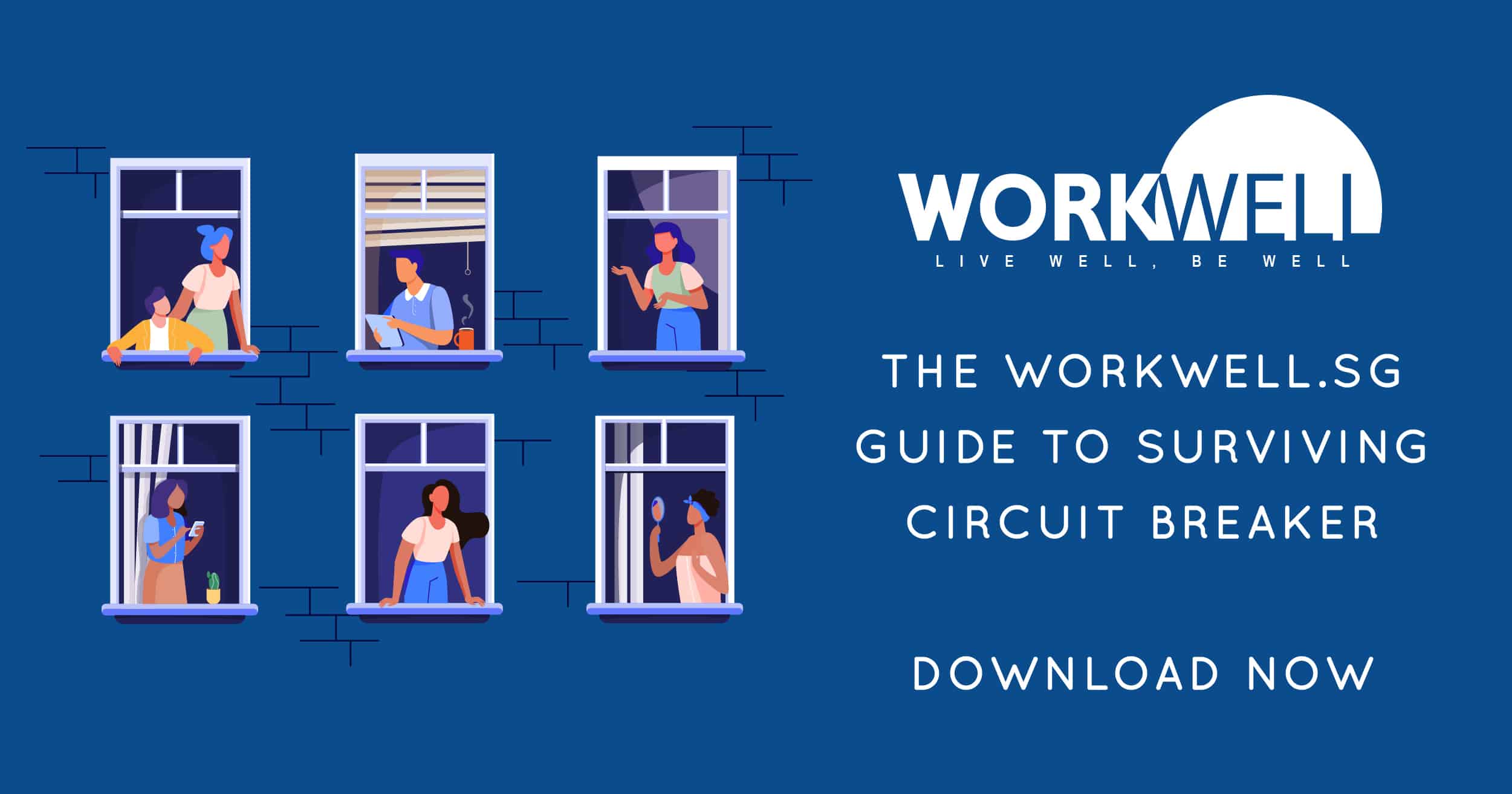A Beginner’s Guide to Climbing

The popularity of rock climbing has surged in recent years. Whether you enjoy the physical challenge, spending time in nature, socializing with friends, or simply the thrill, there is no better time to start rock climbing than right now.
However, rock climbing can be intimidating, especially for those new to the sport. There are different types of climbing, each with its own set of gear and terminology. Furthermore, climbers must learn how to safely and effectively ascent.
The best way to become involved is to seek out a club, a friend willing to join you, or a qualified instructor. It is possible to begin rock climbing indoors or outdoors, but many people prefer to start at their local climbing wall. You’ll want to commence by seconding or top roping, incrementally progressing to leading routes.
Types of Rock Climbing
Outdoor Top-Rope Climbing
In top-rope climbing, the climber’s harness is attached to a rope which goes through a carabiner (or carabiners) at the top of the route and backs down to another person (known as a belayer) at the bottom of the way. This popular style of climbing is not only one of the most prevalent but also the easiest for beginners to learn. It’s also relatively safe as the climber will only fall a short distance before the rope catches them. For beginners, top-rope climbing is perhaps the best way to learn rock climbing basics outdoors.
Indoor Top-Rope Climbing
Top-rope climbing is also very popular on indoor climbing walls. It works much the same way as top-rope climbing outdoors. One end of the rope is attached to the climber’s harness, runs through a carabiner at the top of the route, and then it’s attached to the belayer’s harness. Like doing so outdoors, indoor top-rope climbing is one of the best ways to learn how to climb, but many brand-new climbers feel more comfortable starting in the controlled setting of an indoor climbing gym than on an outdoor rock face.
Bouldering
Bouldering is a style of rock climbing undertaken without a rope. It is typically practised on large natural or artificial boulders in gyms and outdoor urban areas. It is usually limited to very short climbs over a crash pad (called a bouldering mat) so that a fall will not result in serious injury.
What are the Common Injuries from Rock Climbing?
Like most sports, rock climbing has risks that beginners may not be aware of. Beginners may get injured if they enthusiastically approach a new sport without awareness. Knowing your body’s limits is essential to prevent sustaining injuries. Below are some injuries to take note of.
Tendon Injuries
Pulley injury where climbers tend to crimp and grip hard on tiles. This tremendous load on the finger tendons holds the entire body weight. A pop sound or pain at the finger’s base might be heard or felt upon injuring it.
Tennis or golfers’ elbows are a common injury, as many grips are required to grab hold of tiles. Repetitive climbing might overload the joint flexors or extensors of the tendon inserting into the outer or inner part of the elbow, which is first presented as pain. This will load up the forearm flexors throughout the climb.
Ankle Sprains or Knee Ligament Injury
bouldering. Cushioned mats can be found at the base of the boulder wall. They are used to absorb the impact when a climber leaps off the wall and lands on the mat. Upon landing or falling off the routes, the ankle might be caught in the gap between the cushion and climbing wall, or the climber could land on a rotated ankle. Should there be too much of a torsion force, the knee ligament could be at risk of straining or popping, depending on the magnitude of the force.
Shoulder Injuries
Climbing as a sport can challenge the limits of our shoulder’s mobility and stability, and unsurprisingly shoulder injuries are a relatively common site of injury or discomfort for climbers. A few of the most common rock climbing injuries we see in climbers are:
- Subluxation
One of the most common injuries among climbers is a subluxation, a partial dislocation, which occurs mainly in the shoulders. It often happens in bouldering when the ball joint extends too far forward during big moves. It leaves the climber with a searing pain in the back of the shoulder and requires extensive therapy and conditioning to correct it.
- Rotator cuff tears
Rotator cuff tears are evident by aching and sharp pains on the top of the shoulder and upper arms, especially when attempting to lift your arms above your head. Your arms and shoulders are likely to feel weak and challenging to raise.
- Pulley Tears
Finger pulleys are ligaments that compress the finger flexor tendons onto the bones in our fingers. Pulleys are highly susceptible to tears during climbing because we require them to carry massive weight. They tend to tear the most when performing too much crimping or using finger pockets.
If you experience a pulley injury, it’s time to take a break. Apply ice and down some anti-inflammatory medicine to reduce the chance of any secondary damage due to a lack of oxygen reaching the muscles. It’s best to take at least a week off from training, but if you can’t stomach the thought, give it at least two days and only stick to jugs and other big holds. It’s essential to keep the pressure off your fingers until they’re fully healed.
- Trigger-Finger Syndrome
Have you ever come off a hard day’s climb only to find that your finger seems to either lock up occasionally or “pop?” That’s called trigger-finger syndrome, resulting from a cyst that forms inside the flexor tendons in your finger. It’s not typically painful but can hamper your ability to grip. The cyst will have to work its way out on its own. Luckily trigger finger typically doesn’t hamper your ability to climb. It just feels weird, so there is no need to worry too much about it. If you’re experiencing pain from this, you’ll want to see a doctor. That’s probably some other problem entirely.
Rock Climbing Techniques
- Climb with your feet. This is perhaps the most important and overlooked beginner’s technique in rock climbing. Our lower bodies are much stronger than our upper bodies, and as much as possible while climbing, you want your weight to be on your feet.
- Keep your weight on your skeleton: When hanging from holds, keep your arms straight rather than flexed and sucked in close to the wall. This way, your muscles have a chance to rest rather than being constantly engaged.
- Maintain quiet feet: Climbers often get scared or hurried, scraping around with their feet and wasting energy trying to find holds. The next time you go climbing, find a route below your limit and attempt to climb it with your feet as quietly as possible. Pick a foothold, place your foot on it, and step up, all with the utmost intention and calm.
- Rest when possible: Resting is perhaps as important as any skill in climbing. On a long route, when a stance presents itself, drop one or both arms and use the opportunity to shake out your muscles and recover.
- Engage your core: Work on building a solid core for balance and stability on the wall. At times, as much as we want it to be involuntary, engaging the core will need to be a very intentional decision.
- Breathe: Your leg won’t stop shaking? This is the result of not enough oxygen in the body. Practice breathing deeply with each move as you climb and as you rest. Breathing is also an essential technique for calming the mind and focusing.
The feeling of conquering a wall and reaching the top is unlike any other. Rock climbing gives you an endorphin boost, an adrenaline rush, a sense of invincibility, and the perfect opportunity to test yourself in different environments. Get started and give rock climbing a try!
Subscribe to our mailing list to get the latest updates and learn more about our 2022 programs!

